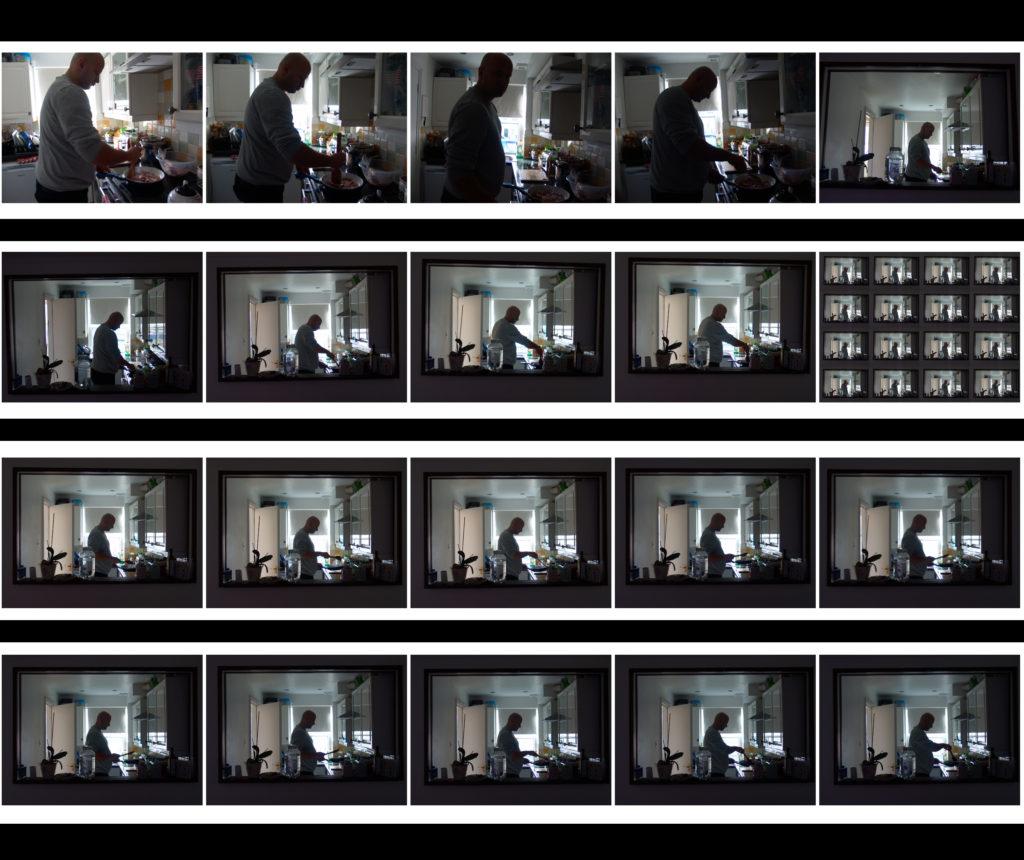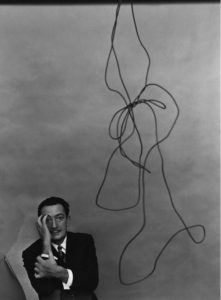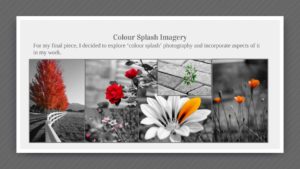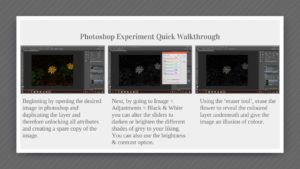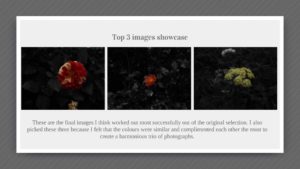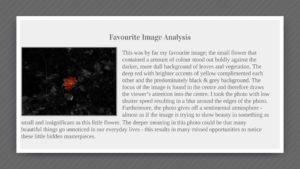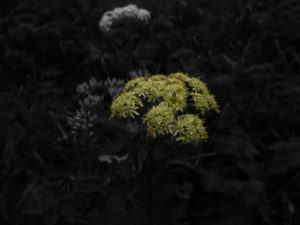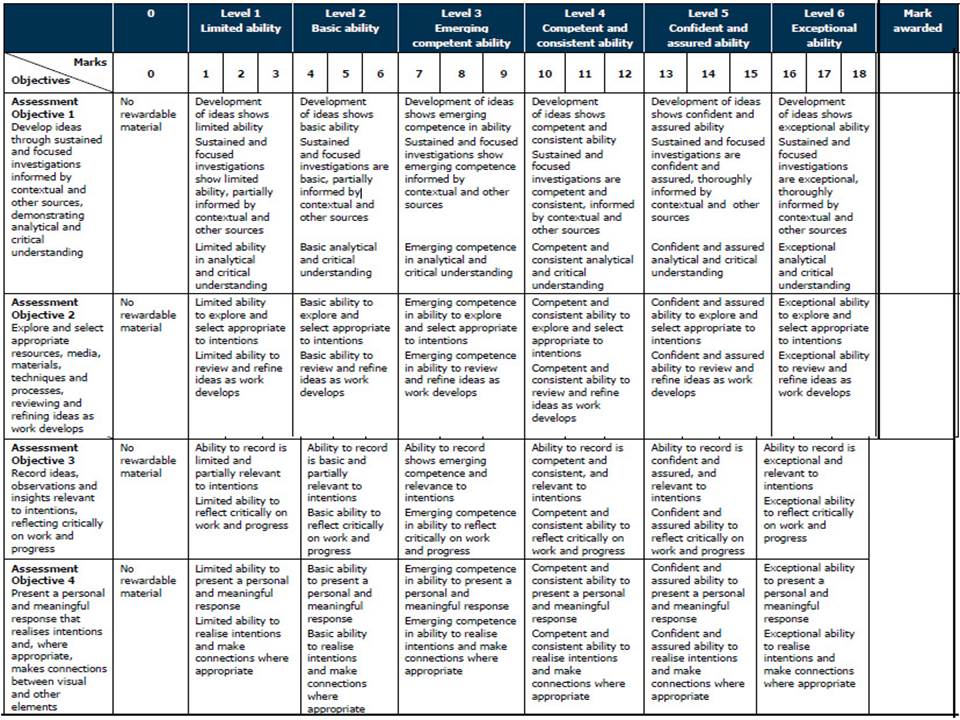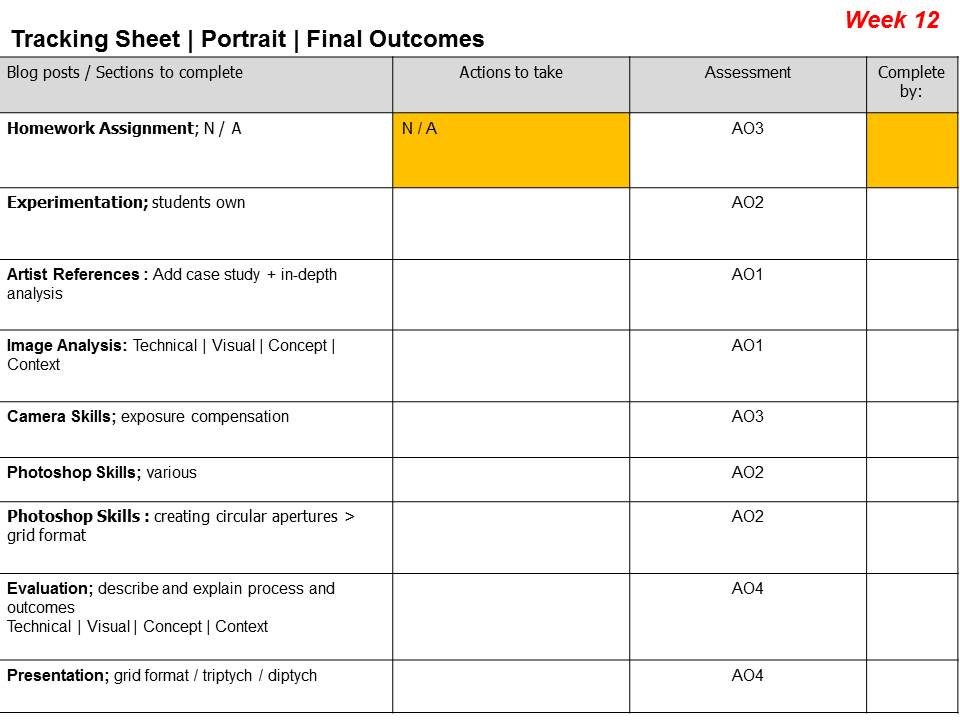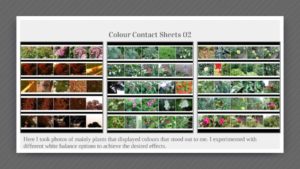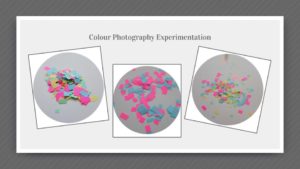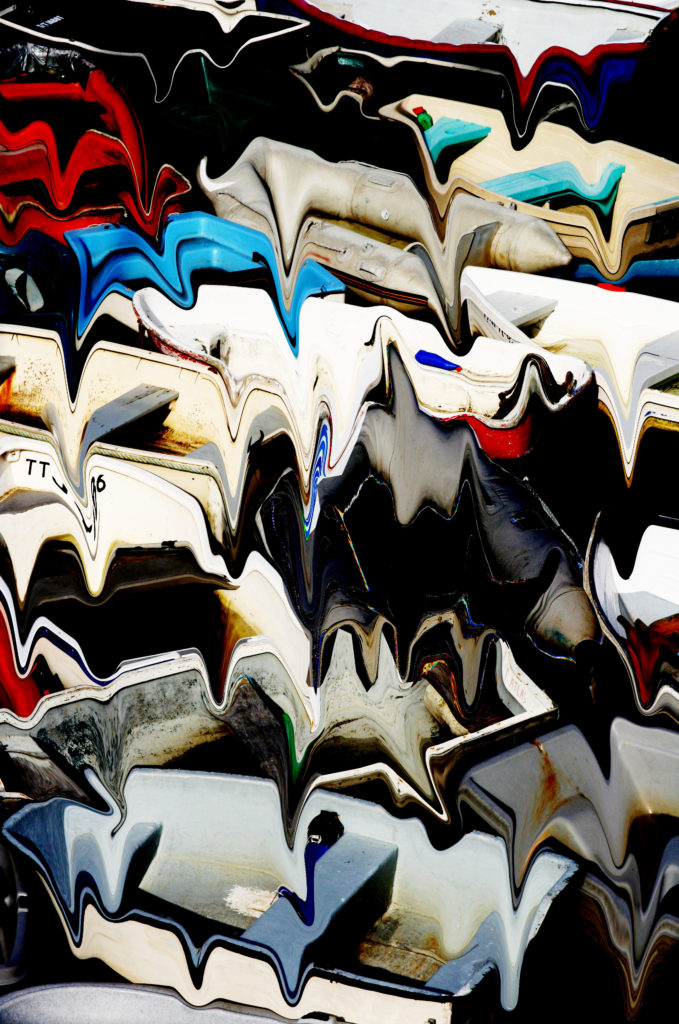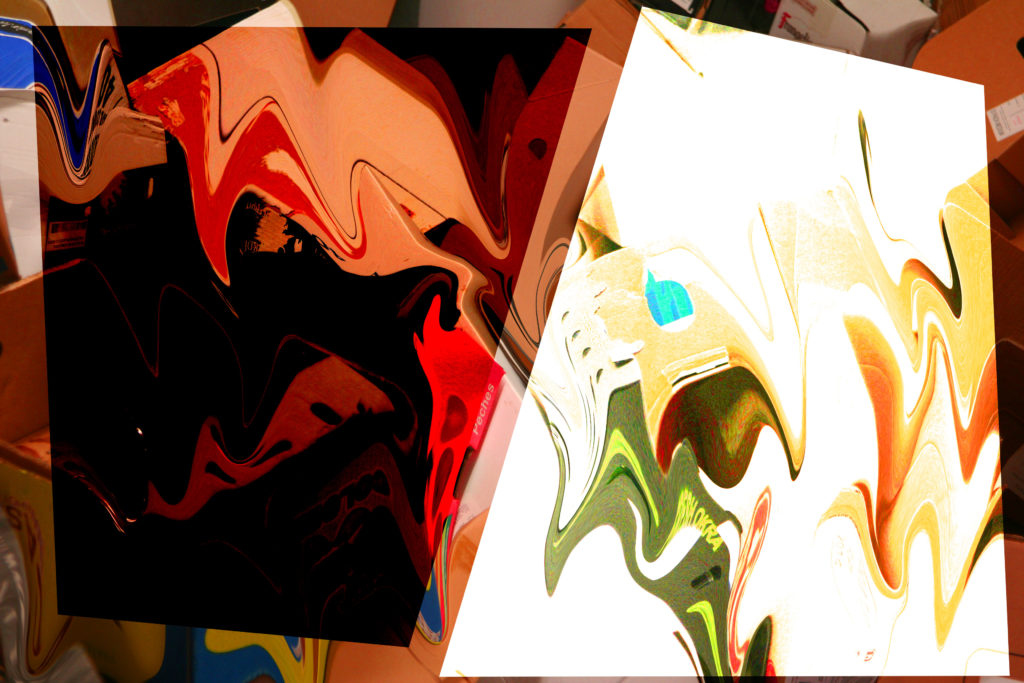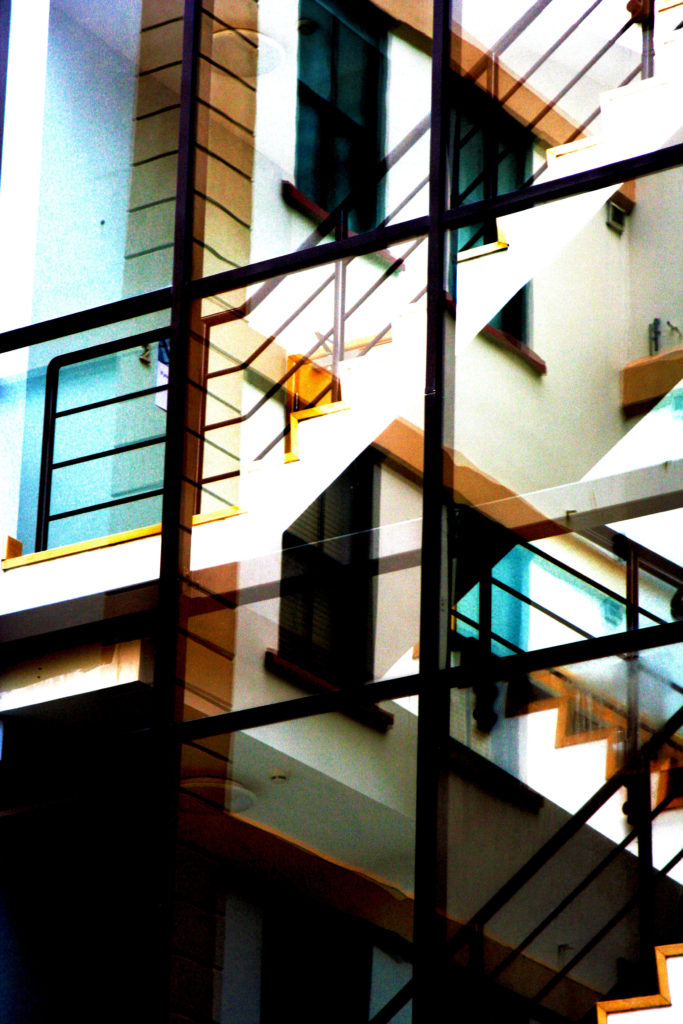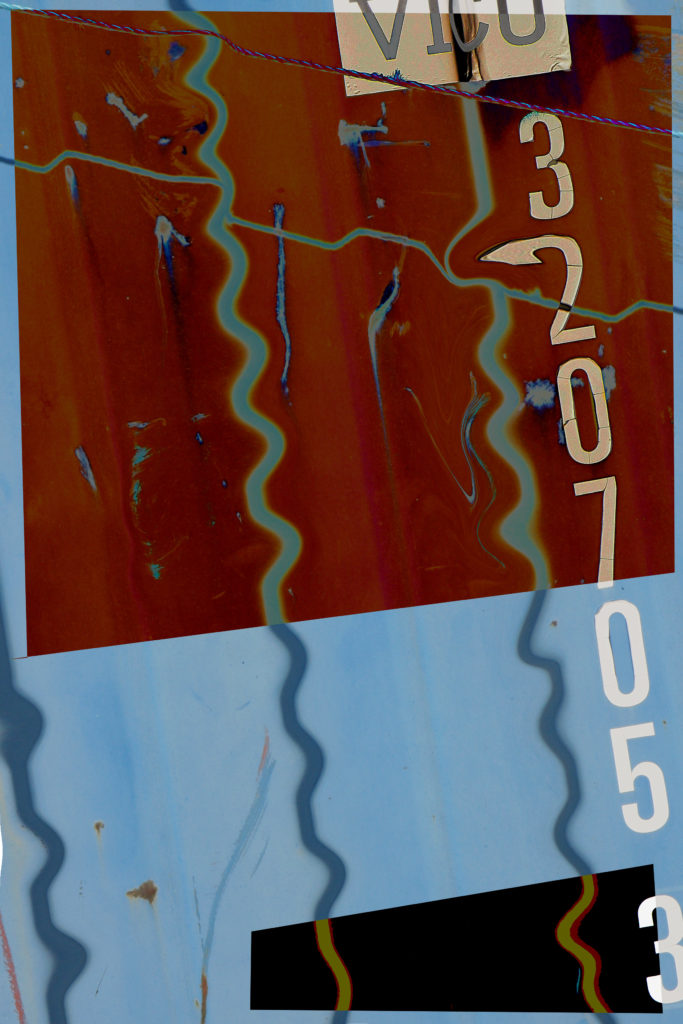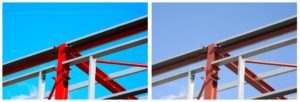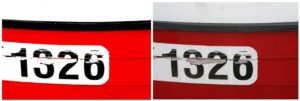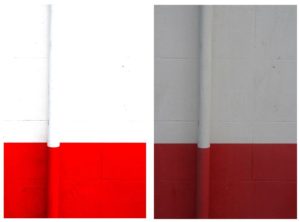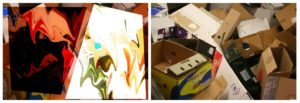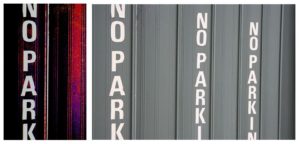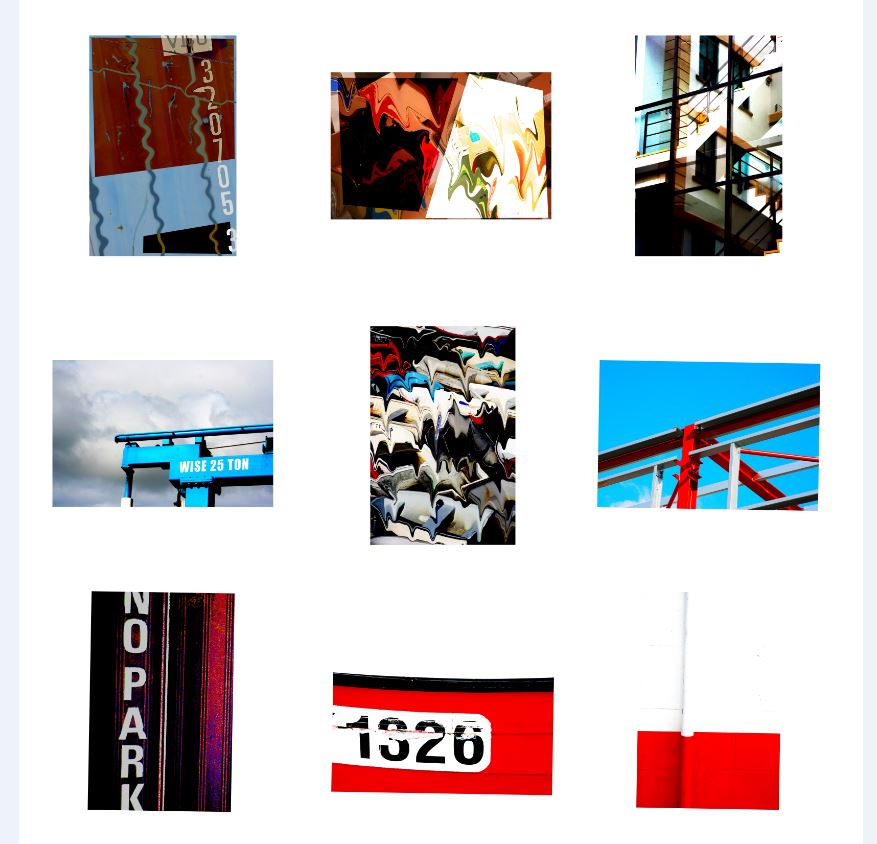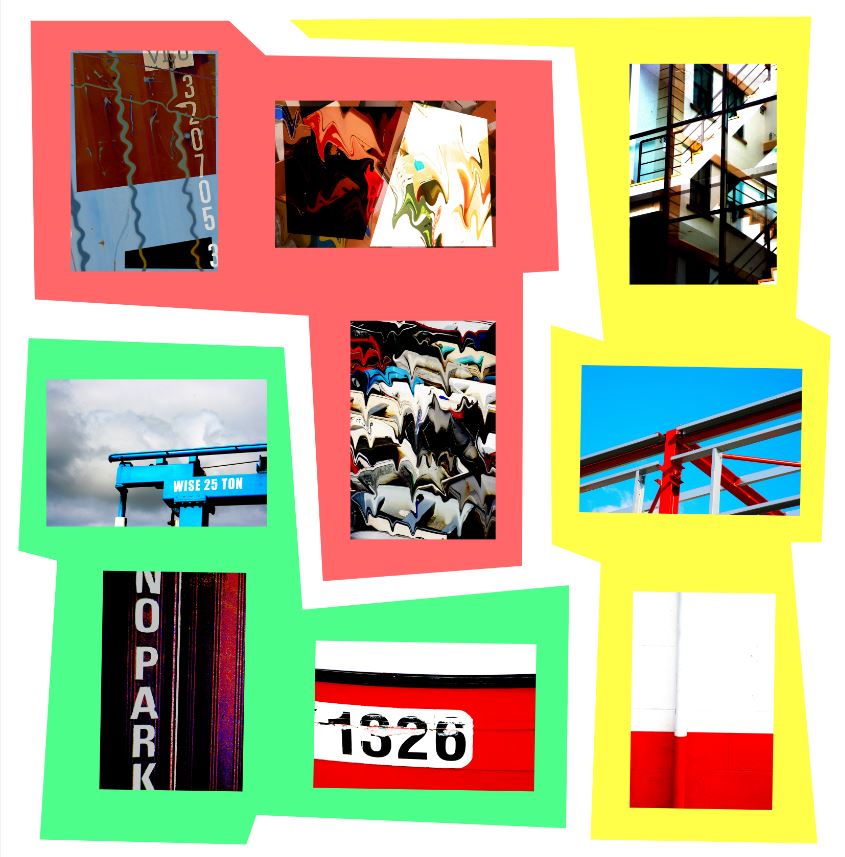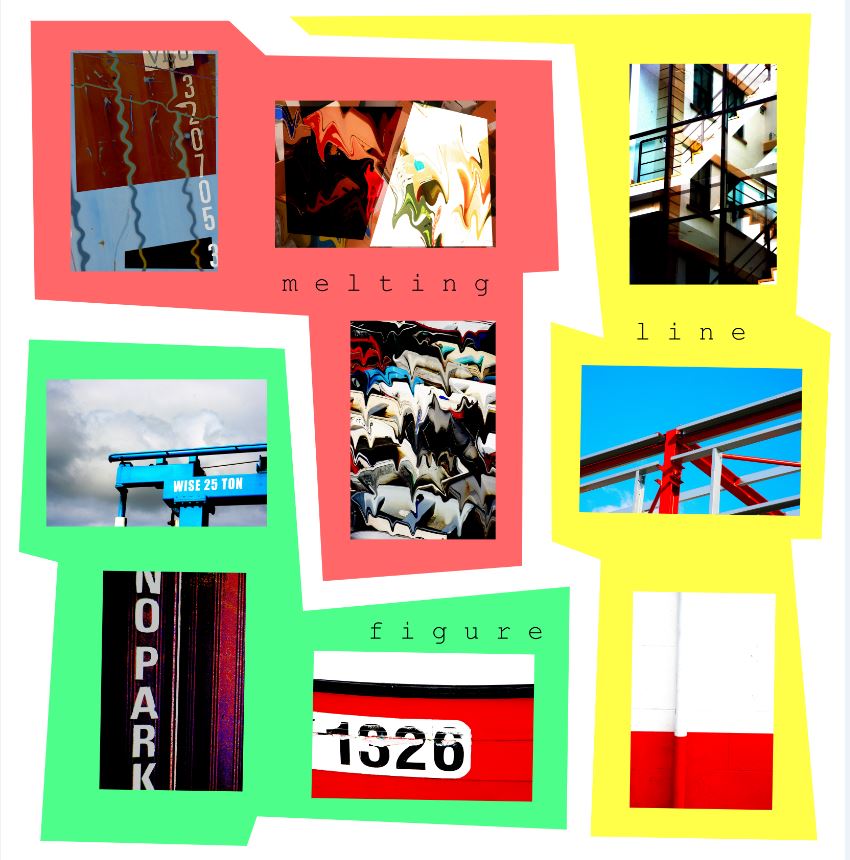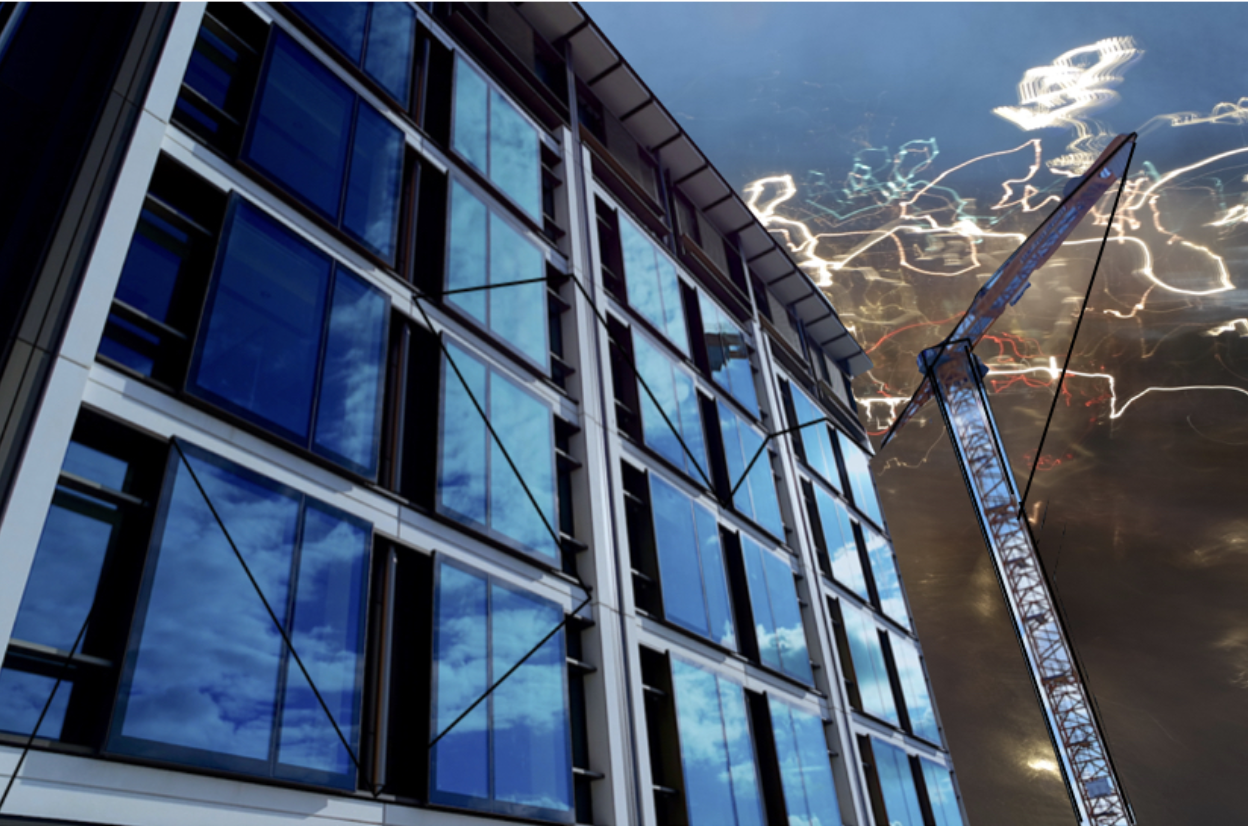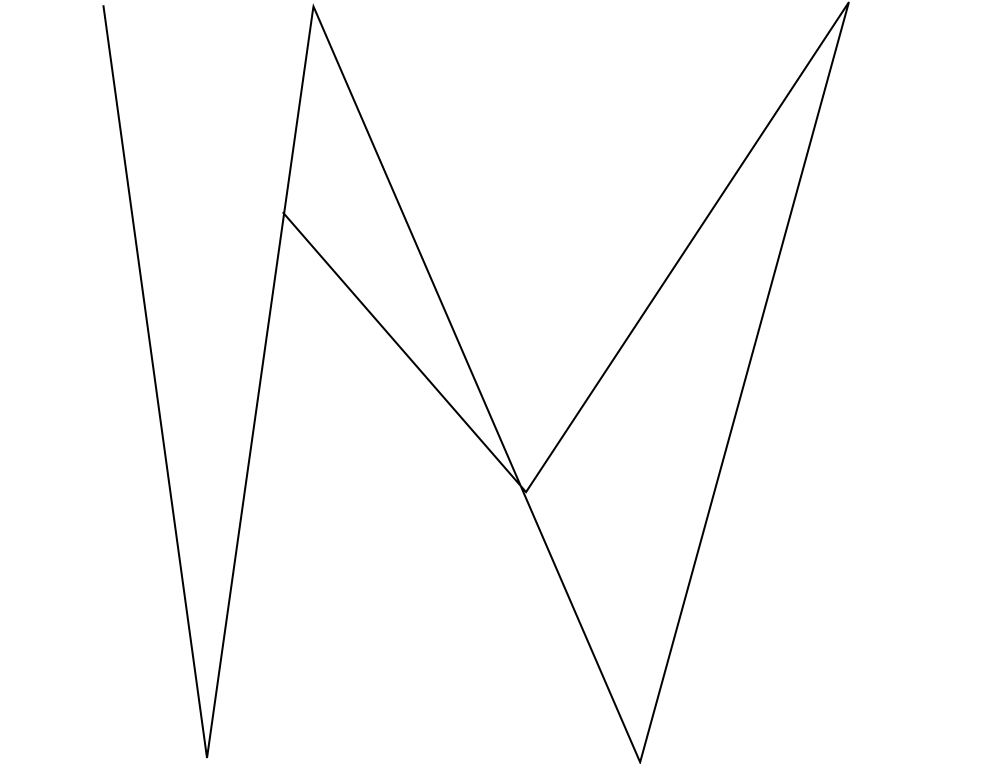Case Study
Quick Biography
Arnold Newman is often considered one of the greatest photographers of the 20th century. His career centered around portraits (as he photographed everyone from businessmen to celebrities to politicians and even presidents).
He was one of the earliest photographers to master the “environmental portrait”. The concept of the environmental portrait was to incorporate all of the objects on the photographic canvas to support the subject including backgrounds and graphic design elements.

source – here
Photo Analysis
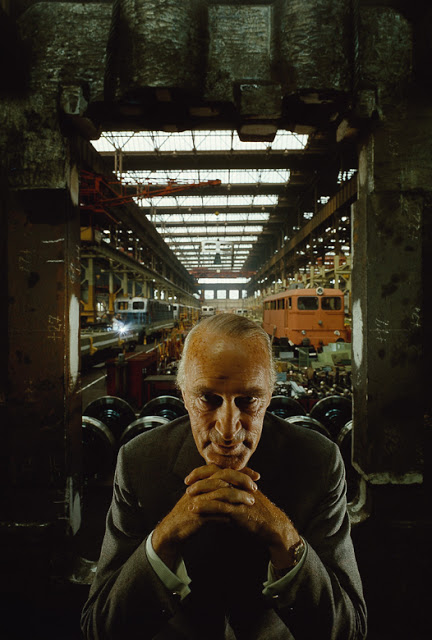
Technical
The most striking technical aspect of this image is the photographer’s use of lighting to create a sinister and intimidating atmosphere. Although there doesn’t seem to be any flash used and the lighting was most likely the natural daylight that occupied the factory. Arnold Newman purposely showcased the background by keeping everything in focus to portray this person’s environment. There is a vast tonal range in this image, ranging from the darkest black to the brightest white. The shutter speed seems to be on the higher side (F16) since the foreground and midground are sharply in focus and the background is slowly blurring out- but still in focus enough that we can see what’s happening. The white balance of this image would be around 6500K (cloudy) since the image brings out the warmer tones that dominate the cooler ones.
Visual
Visually this image is extremely interesting; our eyes have many points to focus on while exploring the photograph. The foreground is rather dark and the subject is fully in focus- however, as we travel further back the background begins to blur softly. The image contains multiple line patterns; the columns and ceiling portray perfect lines of symmetry. Natural framing is also a rather large aspect of this photo, the aged, graffitied and worn columns also help show what kind of place this image is set in. Furthermore, the ceiling (which looks similar to train tracks) draws the viewer’s eyes to the centre of the image- since they follow the path and direction of the lines.
Contextual
The subject in this photo, Alfred Krupp used slave labour to make weapons for the Nazis during the Second World War. Upon finding out that the photographer (Arnold Newman) was jew, Krupp refused to have his portrait taken by him. After looking at his portfolio though, he agreed to have the photo taken by him. Arnold Newman then did his best to portray the man in the evilest manner he had said that “As a Jew, it was my own little moment of revenge.”
Conceptual
The concept behind the photo was to make Alfred Krupp look as inhumane and bad as the actions that he took. Arnold Newman wanted to expose the true nature of the subject to the world as ‘revenge’ for the things he did/things he supported in the wars.
Source – here
My Photography-In The Style Of Arnold Newman

